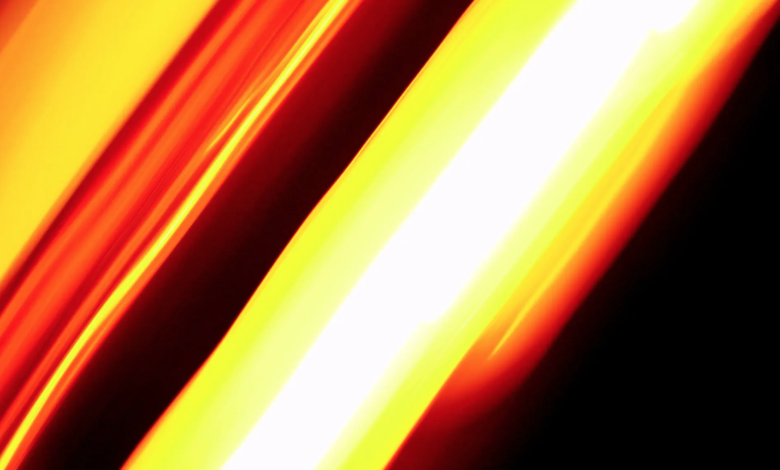A beam of light is enough to CO2 capture without heat

The process was developed by researchers at ETH Zurich
– Capture carbon dioxide from the air with a cyclic, reversible process. And especially without using heat or pressure: use light instead of heating and cooling the materials traditionally used. Replacing them with a specific mixture of water and solvents. It is the innovative process developed by a research team at ETH Zurich that promises to make CO2 capture much less energy-intensive.
CO2 capture without heat
How does it work, in detail? Everything is based on changing the alkalinity of the liquid with different lighting conditions. The separation of CO2 from air occurs by passing air through an alkaline liquid containing photoacids – molecules that become more acidic (or basic) as a result of the absorption of light – and in dark conditions. Because the liquid is alkaline, CO2 reacts and forms carbonates.
Once the solution is saturated, the process continues by irradiating the liquid with light. The photoacids react, make the solution acidic and allow the carbonates to turn into CO2, which is captured.
read also US$3.7 billion plan for direct air capture CO2
For the process to be optimized, however, photoacid molecules must be kept stable. In early experiments, conducted using simple water, researchers noted that they degraded in less than a day. The problem was solved by studying a special mixture of water and solvents that stabilizes the photoacids for about a month and ensures the reversibility of the process. To make the new technology mature, however, it will be necessary to further increase the life of the photoacids.
In addition to energy savings compared to traditional methods, the process devised by Zurich researchers has another strong point: time. “Another interesting aspect of our system is that we can go from alkaline to acid in seconds and go back to alkaline in minutes. This allows us to move from capture to carbon release much faster than a temperature-based system,” explains Anna de Vries, co-author of the study.





